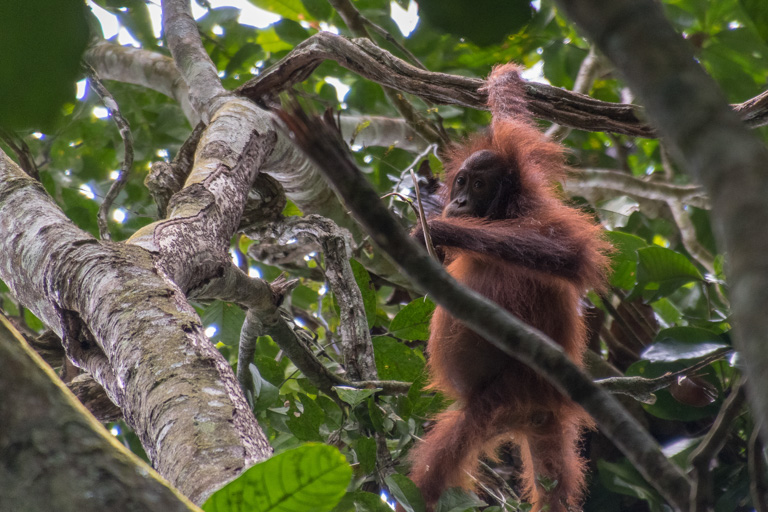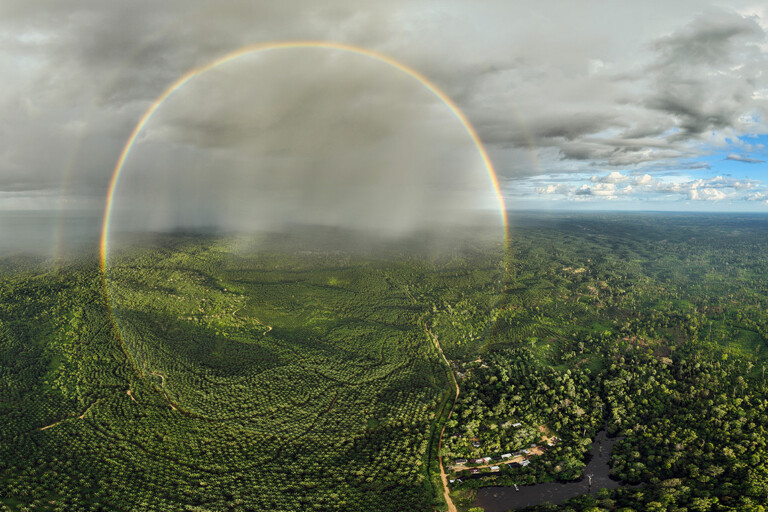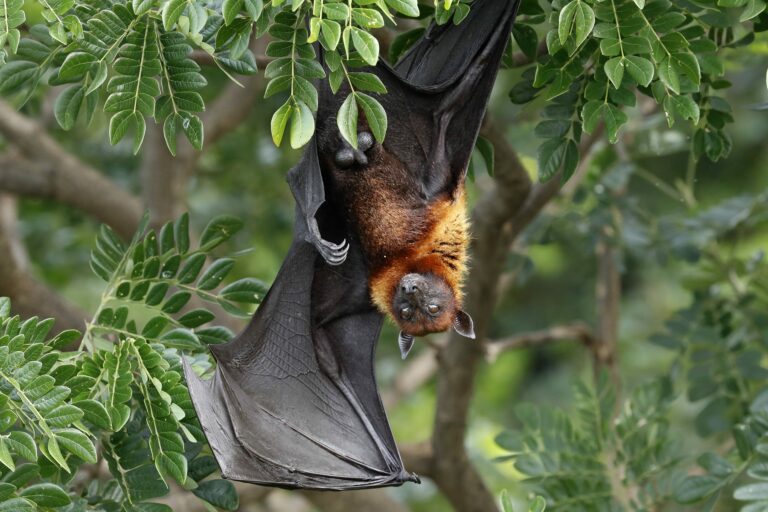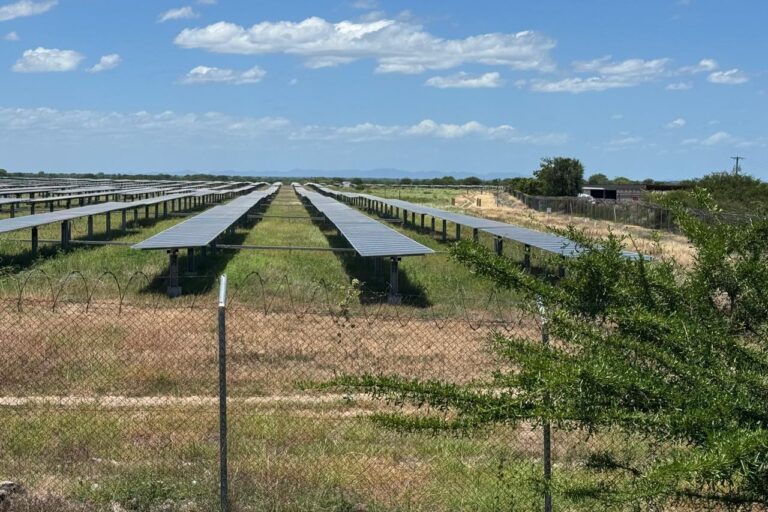- A 20-year analysis of satellite data shows significant temperature differences in agricultural lands in southern Amazonia, depending on farm size.
- Extensively deforested commercial farms are up to 3 °C (5.4 °F) warmer than adjacent forests, while on smaller farms this difference is 1.85 °C (3.3 °F).
- Management practices that try to balance productivity with the maintenance of essential ecosystem services, such as the water cycle, will be crucial to preserving the Amazon’s remaining forests, the study’s authors say.
An analysis of 20 years of satellite data shows significant temperature differences on agricultural land in the southern Amazon, with extensively deforested commercial estates up to 3 °C (5.4 °F) warmer than surrounding forests, and smaller rural farms 1.85 °C (3.3 °F) warmer than the forests.
Loss of vegetation reduces transpiration of water from plants into the atmosphere, a process that provides 50% of the rainfall in the Amazon. Large-scale commodity farms saw major reductions in this “convective” rainfall, which were not observed in the atmosphere over rural farms.
Experts have long warned that disruptions in rainfall patterns caused by deforestation in the Amazon could tip the entire biome into an irreversible transition into degraded savanna, with major knock-on effects for global climate and weather.
Management practices that try to balance productivity and the maintenance of key ecosystem services like water cycling will be crucial to preserving the Amazon’s remaining forests, the study authors say, but commercial landowners will need major incentives to change.
Deforestation for large-scale commodity farming in the southern Brazilian Amazon is associated with up to three times more surface warming than rural agriculture, according to a study published earlier this year.
To investigate how different land-use practices affect local climate and weather patterns, an international team of researchers, led by Eduardo Maeda at the University of Helsinki in Finland, analyzed nearly 20 years of surface temperature measurements collected by the MODIS sensor on board NASA’s Terra satellite. They compared large-scale commercial pastures and croplands with small rural farms and found that surface temperatures on the latter were 1 to 1.85 °C (1.8-3.3 °F) higher than adjacent forests. But large-scale commercial farms were even warmer, with surface temperatures between 1.5 and 3 °C (2.7-5.4 °F) higher than forested land.

The excess warming experienced on large agricultural sites was linked to lower vegetation cover; commodity farms had substantially less vegetation than rural farms between May and November, when newly seeded crops were growing on bare soil. Since soil tends to be darker in color than the vegetation, it absorbs more solar radiation, causing a rise in surface temperature. Clearing vegetation also halts the process of transpiration — the evaporation of water from leaves — which would naturally cool the surrounding air as well as feed new rain clouds. All this adds up to making bare land hotter than forests.
Land in the southern Amazon is so productive that many commodity crop farmers are able to complete two different crop harvests a year, which means two cycles of harvesting, plowing and seeding, leaving the soil bare for more of the year and causing greater ecosystem disruption than less-intensive rural farming practices.
The team found that the type of agriculture also made a difference: commercial croplands had 20% less vegetation cover and experienced dry-season temperatures up to 1 °C higher than commercial pastures.
These results emphasize that “not all deforestation is the same,” Maeda said.
“These are non-negligible temperature increases, particularly in the context of global warming,” said Marysa Laguë, a climate scientist at the University of California, Berkeley, who was not involved in the study. “If these temperature anomalies persist under future climates, they’re going to be exacerbating the warming effects of CO2.”
Altered weather patterns
The team also incorporated data from the Tropical Rainfall Measuring Mission (TRMM) satellite in their analysis, which used radar to measure the quantity of different types of water in the atmosphere — from vapor to clouds to rain — from 1997 to 2015. The sensor could distinguish between rain clouds that form directly from water evaporating from the land and vegetation below (known as convective rainfall), and rain clouds fed by water carried long distances on atmospheric circulation currents (known as stratiform rainfall). Reductions in vegetation cover would lead to less convective rainfall by changing the energy balance between the land and the atmosphere and weakening the water cycle, Maeda said.
Consistent with this theory, they found that between 1998 and 2014, convective rainfall over regions dominated by commodity farms decreased during the wet season, while stratiform rainfall remained largely constant. In contrast, areas with predominantly rural settlements did not experience significant changes in either type of rainfall over this period.
Laguë said the results provide “pretty compelling observational evidence that deforestation for agricultural purposes in the Amazon basin is impacting surface fluxes, transpiration, and rainfall, thus could likely have an impact on precipitation recycling over the continent.”
“The authors show how completely clearing the land surface results in big, step-changes in transpiration during the wet season, which seems to have a big impact on local precipitation,” she said. However, “these effects might not just be local,” she added. Changes in transpiration “could very likely have implications for the hydrological cycle in downstream regions.”

Edging toward the tipping point
Many experts have now warned that reductions in convective rainfall over the Amazon as a result of vegetation loss could push the remaining forests past a tipping point that causes the rainforest to switch to a degraded savanna ecosystem, affecting the atmosphere and weather across the entire continent.
Around 20% of the Amazon has been deforested over the past 50 years, and strategies to curb further deforestation are crucial to preserving this unique ecosystem and the natural services it provides. But equally important is how we manage the land that has already been cleared; these decisions “will be quite critical for the health of the remaining forest,” Maeda said.
We need to find land management strategies that strike the right balance between achieving the agricultural productivity needed to feed a growing human population and nurturing essential ecosystem services like water cycling, Maeda said. Neither “the extensive pasture [n]or the intensive monoculture can find the equilibrium that we need at the moment,” he added.
Alternative approaches such as agroforestry and restorative agriculture — where a diverse community of crops, trees and forage for livestock are planted — could help bring us closer to that equilibrium, although it is unlikely to be a practical solution for every location.
Maeda said farmers in the southern Amazon will need the right incentives to move away from the extremely profitable and productive large-scale farming on which they have relied for decades. “They are clever people and I think that if they see that the market is asking for something else, at some point they will have to find alternatives,” he said, adding “we need to work together.”
Citation:
Maeda, E. E., Abera, T. A., Siljander, M., Aragão, L. E., Moura, Y. M., & Heiskanen, J. (2021). Large-scale commodity agriculture exacerbates the climatic impacts of Amazonian deforestation. Proceedings of the National Academy of Sciences, 118(7), e2023787118. doi:10.1073/pnas.2023787118
Banner image: Grazing area bordered by the forest in Novo Progresso, in the Brazilian Amazon. Image by Vinícius Mendonça/Ibama.
Editor’s note: In a previous version of this article, the temperature values in Fahrenheit were incorrectly converted. The piece was corrected and updated on June 21, 2021.














